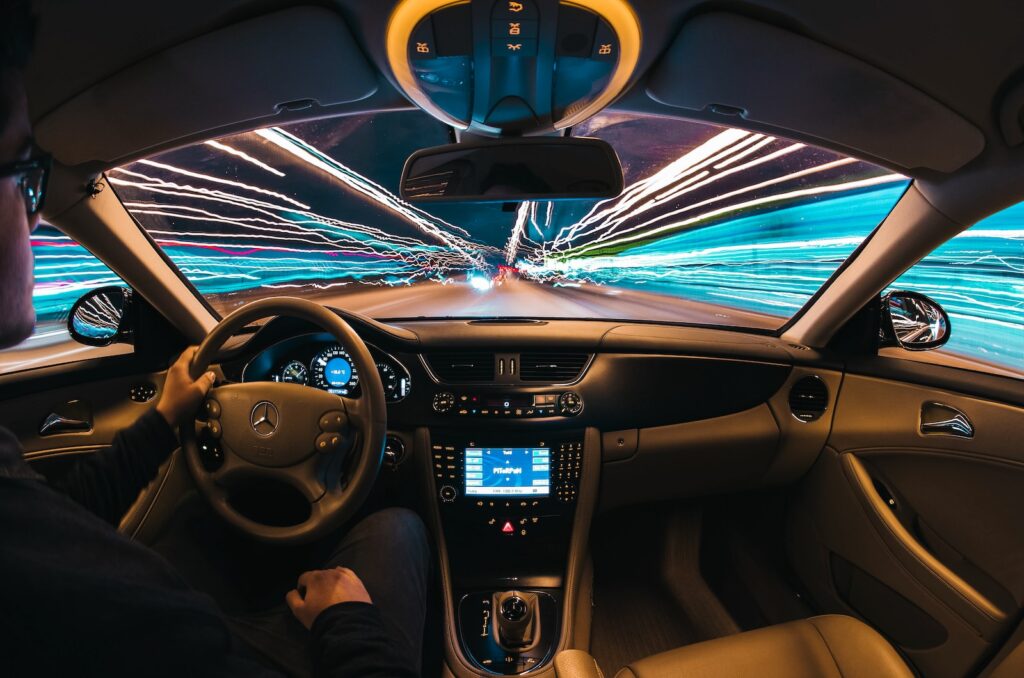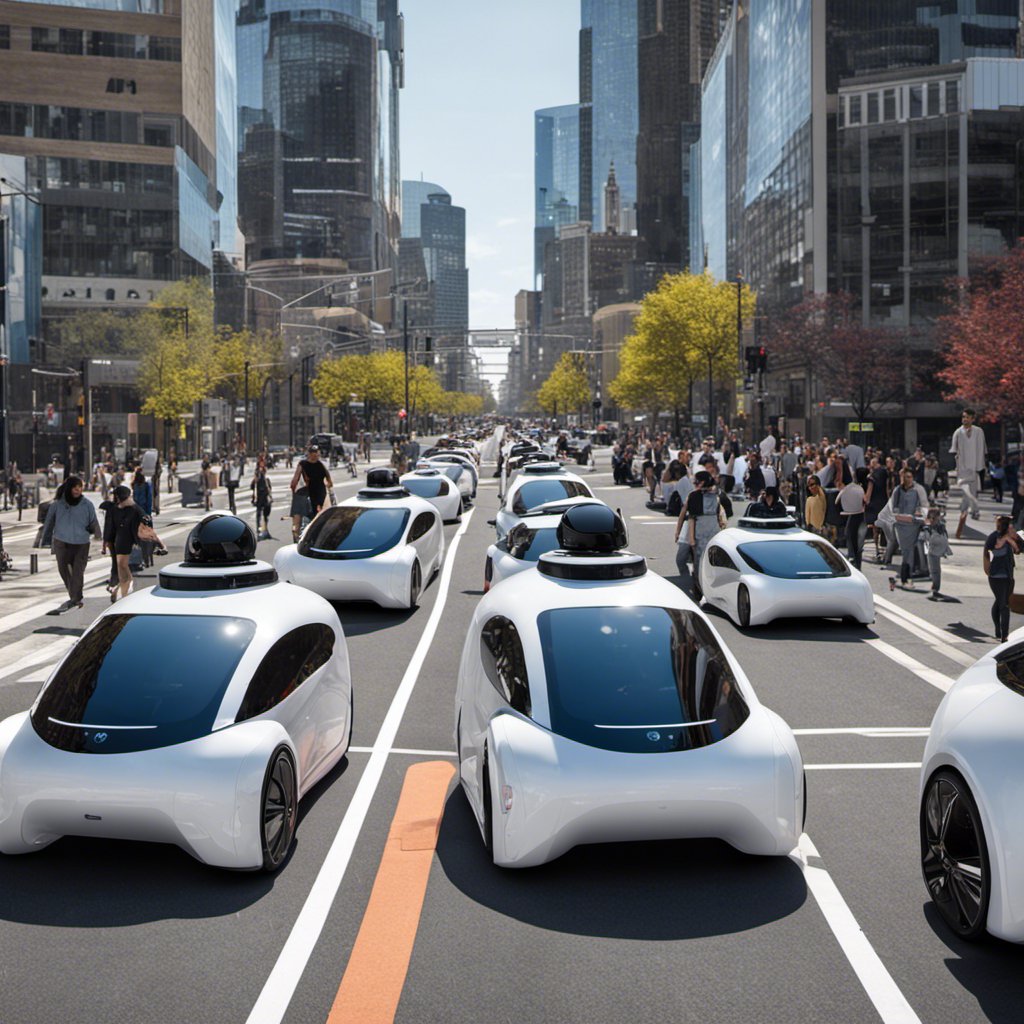The future of transportation is unfolding before our eyes, with self-driving cars poised to revolutionize the way we move from place to place. In this article, we embark on a journey to explore the development, challenges, and potential impact of autonomous vehicles, as they navigate the road to becoming a commonplace mode of transport.
The Rise of Autonomous Vehicles
The concept of autonomous or self-driving cars is not entirely new. It has its roots in the early 20th century, with visionary thinkers dreaming of vehicles that could navigate without human intervention. However, it’s the convergence of cutting-edge technologies that has propelled autonomous vehicles into the mainstream.
Artificial intelligence (AI), combined with a plethora of sensors, enables self-driving cars to perceive their surroundings, make decisions, and navigate complex road conditions. These vehicles operate at various levels of autonomy, from basic driver assistance systems to fully autonomous cars capable of handling all driving tasks.

Benefits and Challenges
The potential benefits of autonomous vehicles are compelling. Improved road safety is at the forefront, as self-driving cars can react faster than humans and are less prone to distractions. Reduced traffic congestion and enhanced traffic flow promise to make commutes more efficient and environmentally friendly. Additionally, self-driving cars hold the promise of providing mobility to individuals who may have been previously restricted due to age or disability.
However, with innovation comes challenges and concerns. Technical hurdles related to sensors, mapping, and complex decision-making algorithms need to be overcome. Ethical and legal questions surrounding responsibility in accidents involving autonomous vehicles are still largely unresolved. Furthermore, the economic implications for industries such as trucking and ride-sharing are substantial and need careful consideration.
Leading Companies and Technological Innovations
The race to bring autonomous vehicles to the masses has attracted a myriad of companies, from traditional automakers to tech giants. Each player is pushing the boundaries of technology, with innovations ranging from advanced lidar systems to AI-powered self-driving software. Competition is fierce, but collaboration between companies and industries is also prevalent, with partnerships forming to accelerate progress.
Real-world Testing and Deployment
Autonomous vehicles are no longer confined to the realm of prototypes and concepts. Pilot programs and testing are underway in various cities worldwide. Regulatory frameworks and safety standards are evolving in response to the challenges posed by self-driving cars. Public perception and trust in the technology are also pivotal factors that will shape the pace of adoption.
The Future of Autonomous Mobility
The future of autonomous mobility is tantalizing. Predictions abound regarding when self-driving cars will become a common sight on our roads. As adoption increases, urban planning and infrastructure will need to adapt to accommodate these vehicles. The potential for shared and autonomous electric vehicles could further transform the way we think about transportation.
Conclusion
The road to self-driving cars is marked by innovation, challenges, and high stakes. As we navigate this journey, it’s clear that autonomous vehicles have the potential to redefine how we move, bringing benefits in terms of safety, efficiency, and accessibility. However, we must address the technical, ethical, and economic complexities to ensure a smooth transition into the era of self-driving cars. The road ahead is promising, and the destination is a future where autonomous vehicles are an integral part of our everyday lives.

